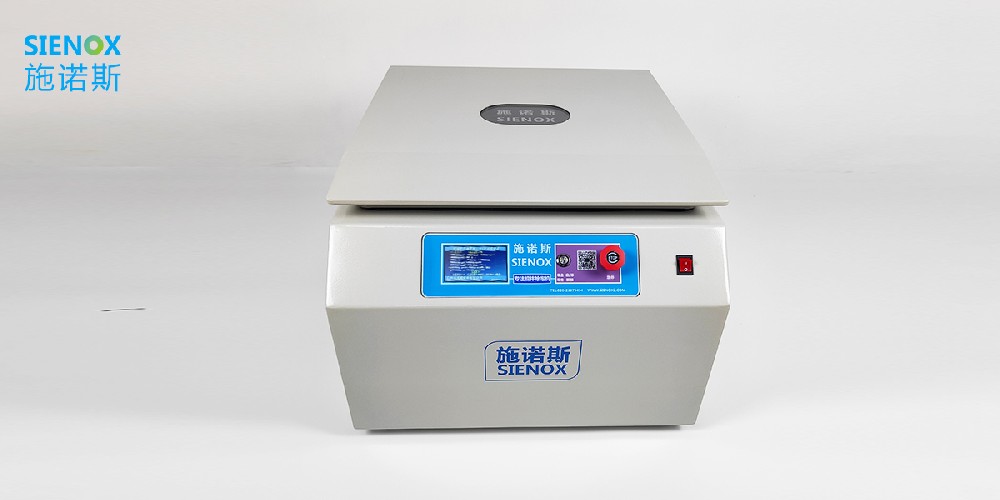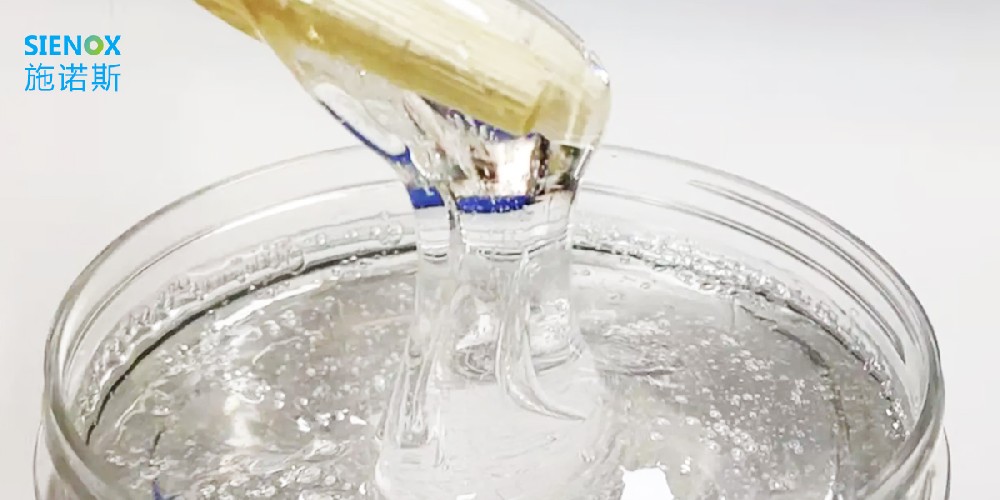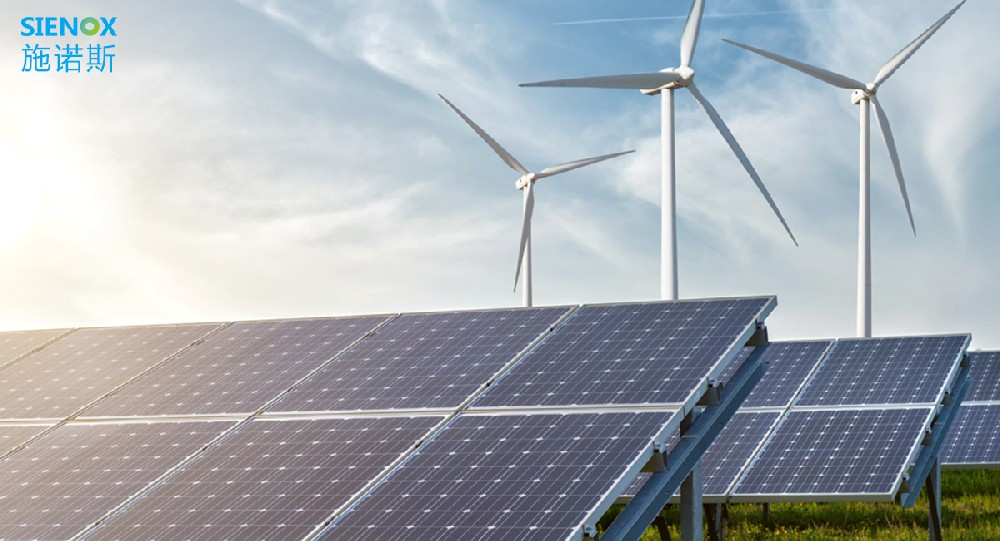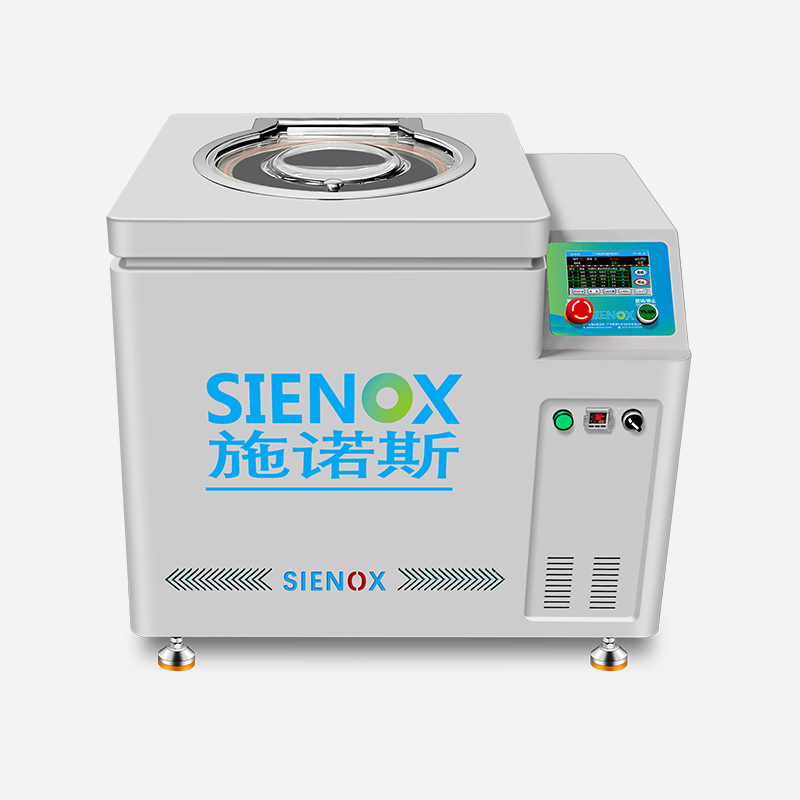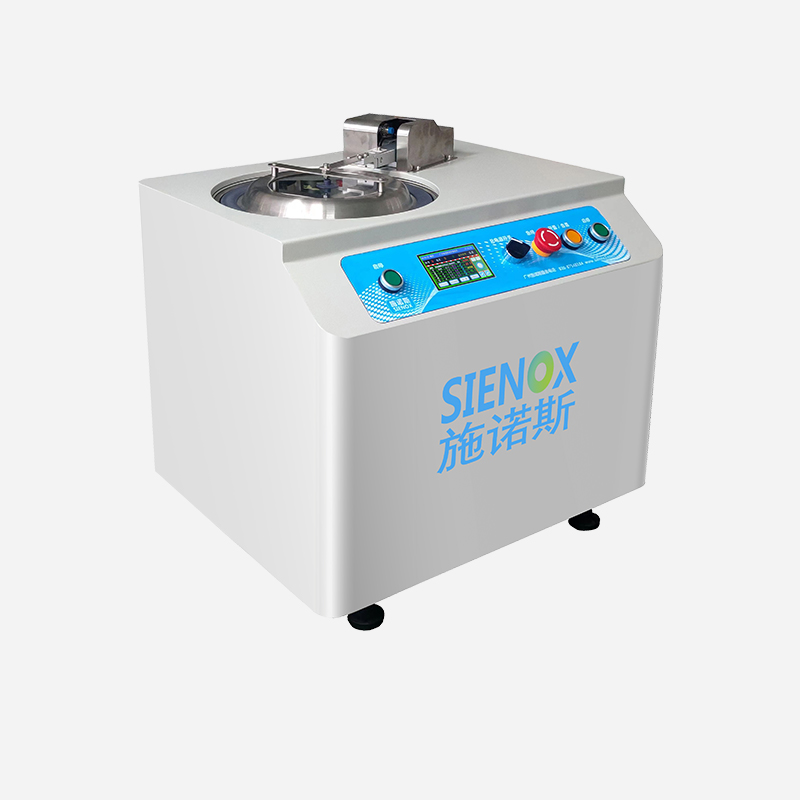
News

TEL:18925129293
Considerations for the Defoaming of Solder Paste Material in Vacuum Stirring Defoaming Machine
date:2023-12-25author:SIENOXIn the modern field of electronic manufacturing, solder paste is a crucial material widely used in the soldering process. To ensure the quality of soldering, many manufacturing processes employ vacuum stirring defoaming machines to handle solder paste materials. When using a vacuum stirring defoaming machine for defoaming, there are some key considerations to keep in mind to ensure optimal process results.

Firstly, choosing the right solder paste material is crucial. Different soldering tasks may require different types of solder paste, such as leaded solder paste, lead-free solder paste, etc. When using a vacuum stirring defoaming machine, ensure that the chosen solder paste material complies with the working conditions specified for the equipment to avoid unnecessary issues.
Secondly, maintain the cleanliness and upkeep of the defoaming machine. Regularly clean the internal components of the defoaming machine, especially the stirrer and vacuum pump. Residues accumulated on these components may affect the defoaming effect or even damage the equipment. Ensure the defoaming machine is in optimal working condition, providing a stable vacuum environment to ensure the defoaming effect of solder paste materials.
During vacuum stirring defoaming, attention should be paid to avoiding the generation of bubbles. Bubbles may affect the uniformity and adhesion of solder paste, thus impacting the final soldering quality. In the operation process, adjusting parameters such as stirring speed and vacuum level can minimize the generation of bubbles. Additionally, ensure that the solder paste material itself does not contain volatile components to reduce bubble formation.
Furthermore, controlling the working time of the defoaming machine is a key factor in ensuring the defoaming effect. Both too short and too long defoaming times may lead to a decrease in soldering quality. In practical operation, adjust the defoaming time based on factors such as the characteristics and thickness of the solder paste to achieve the best effect.
Lastly, monitoring the temperature is another crucial factor in ensuring that solder paste materials do not experience anomalies during the vacuum stirring defoaming process. Excessively high or low temperatures may negatively impact the performance of solder paste. During operation, ensure that the equipment can stably control the temperature to guarantee the uniformity and plasticity of solder paste during the soldering process.
In conclusion, using a vacuum stirring defoaming machine to handle solder paste materials is a critical step in ensuring soldering quality. Properly selecting solder paste materials, maintaining the cleanliness and upkeep of the equipment, and controlling parameters such as stirring speed, vacuum level, defoaming time, and temperature are essential measures to ensure the defoaming effect. Through scientifically sound operations, soldering quality can be improved, ensuring the stability and reliability of the electronic manufacturing process.






